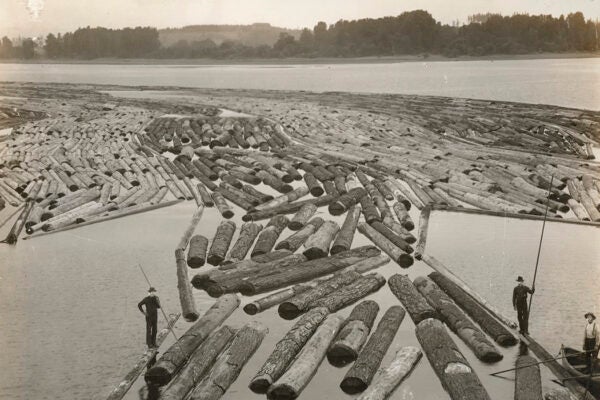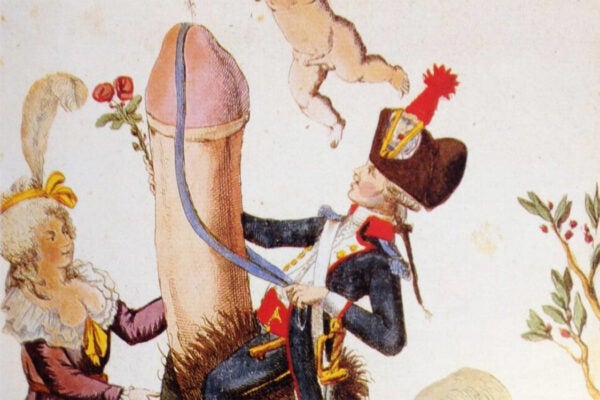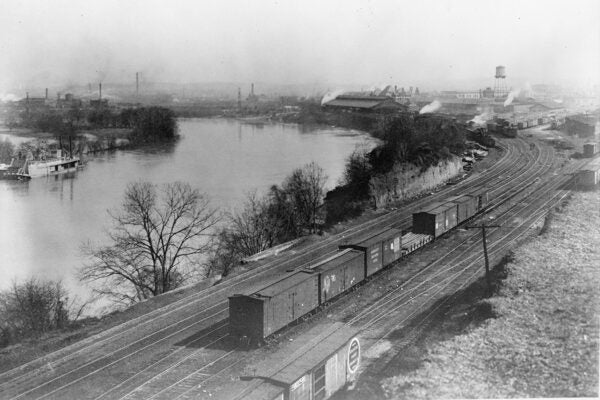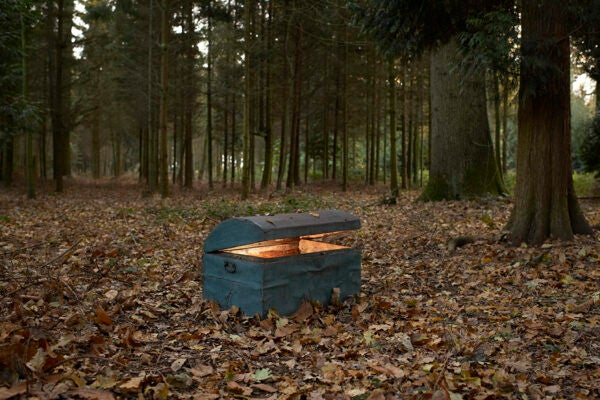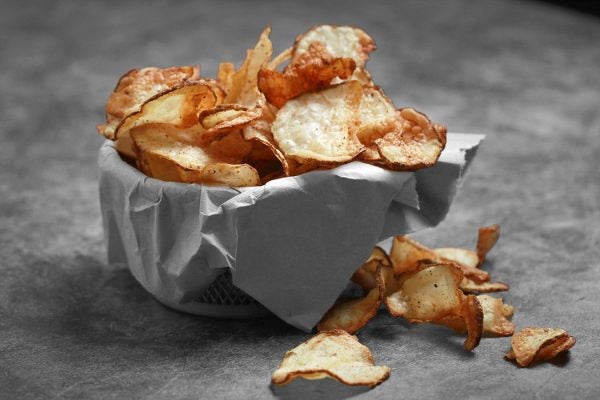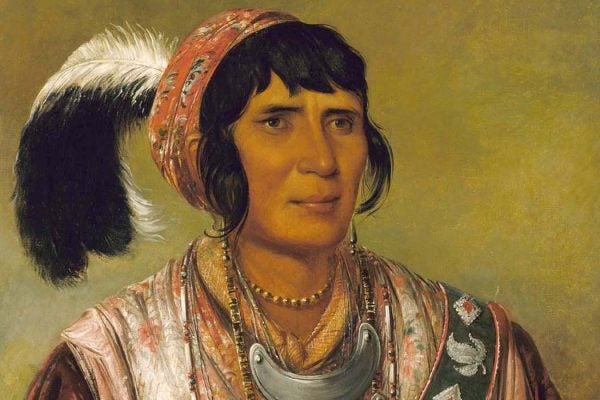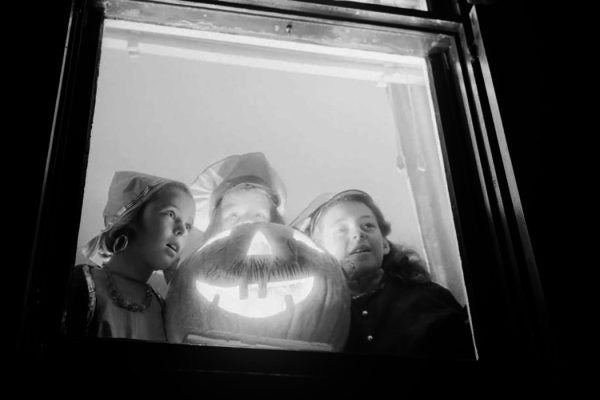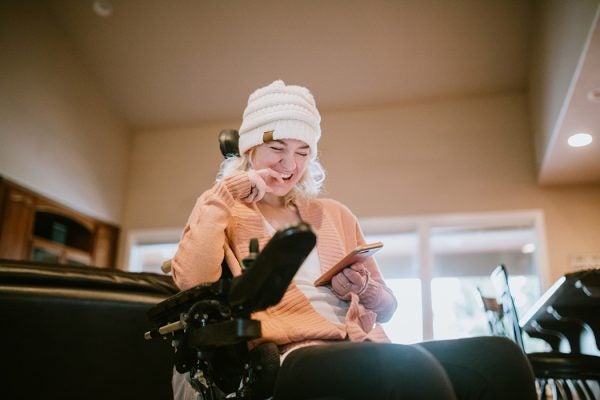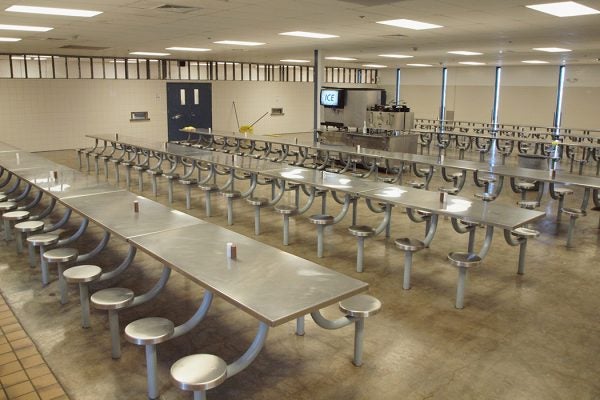Water Logs
Log drivers once steered loose timber on rivers across America before railroad expansion put such shepherds out of work.
Digital Ethnography: An Introduction to Theory and Practice
The rise of the internet age and digital spaces has created a whole new world for ethnographic investigation.
No Joke
Using humor to mask and normalize hatred and bigotry has a long, ugly history.
The Ballad of Railroad Bill
The story of Morris Slater, aka Railroad Bill, prompts us to ask how the legend of the "American outlaw" changes when race is involved.
The Plight of the Hunter
Seeking buried treasure has long been an American pastime, but its the failure to find the gold that keeps the hunt—and the story—alive.
The Fakelore of Food Origins
Where did potato chips come from? How about clams casino? Are the origin stories for these foods true, or do they fall into the category of “fakelore”?
Ghost Stories at Flagler College
Telling a spooky story around a campfire—or in a dorm room—may be the best way to keep a local legend alive.
Halloween: A Mystic and Eerie Significance
Despite the prevalence of tricks and spooky spirits in earlier years, the American commercial holiday didn’t develop until the middle of the twentieth century.
Navigating Dating Apps While Disabled
How disabled people use dating apps, whether specific to their communit(ies) or not, can raise personal questions about how to present themselves.
The Surprising Answer to Who Eats Kosher in Prison
24,000 incarcerated people in the U.S. eat kosher meals. Even some neonazis. Why?
